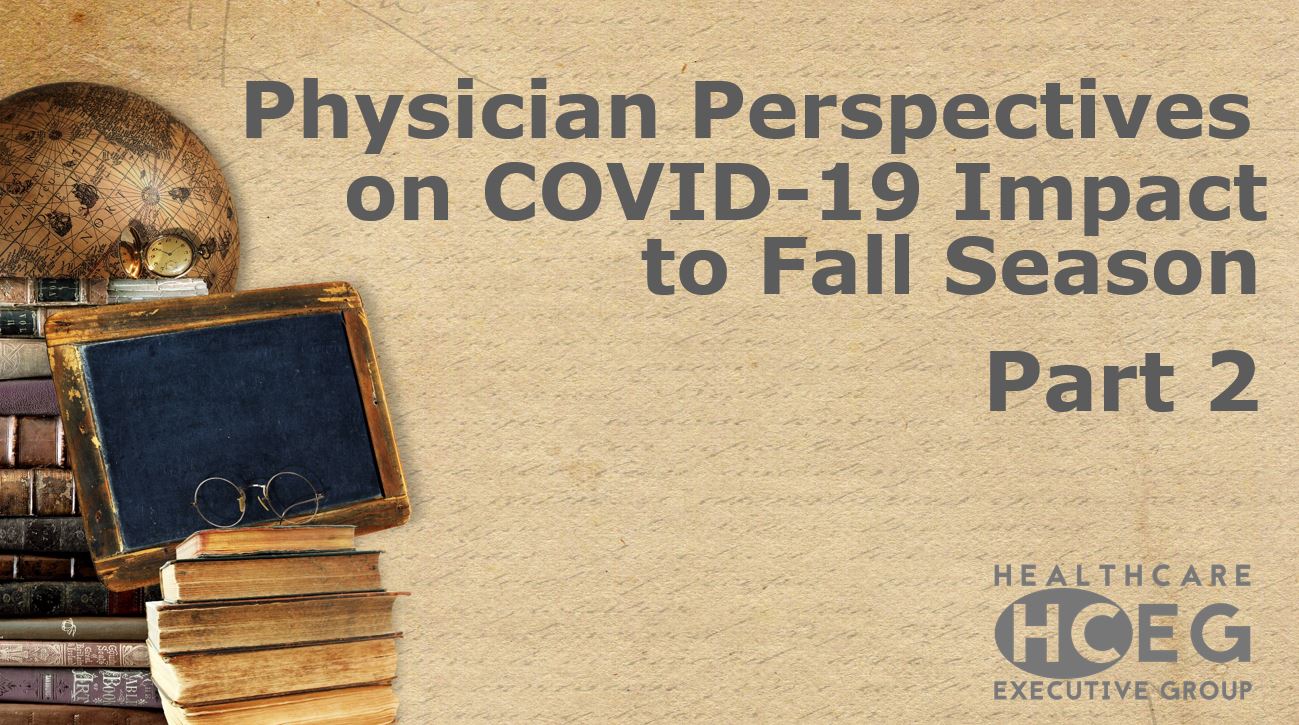
Late last month, the HealthCare Executive Group hosted an informal discussion with three physician executives on their observations, experiences, and insight about how COVID-19 has impacted healthcare and healthcare stakeholders. The theme of the discussion was: “What’s changed, what’s remained the same, and what can we expect in the coming fall season?”
HCEG board member Dr. David Diloreto, MD, a board-certified ophthalmologist, ophthalmic plastic surgeon, a principal at Vizient/Sg2 and prior senior vice-president at GE Healthcare Camden was joined by:
Dr. Johanna Vidal-Phelan, MD, Senior Medical Director in Pediatrics at the University of Pittsburgh Medical Center Health Plan and a practicing pediatrician at Hamilton Health Center, an FQHC in Harrisburg, PA and Dr. Jason Woo, MD a practicing board-certified obstetrician/gynecologist, a veteran with 31 years in the Commissioned Corps of the U.S. Public Health Service and a consultant at the Arbinger Institute.
HCEG’s Executive Director Ferris Taylor helped to facilitate the discussion and provided an HCEG perspective.
This is the second post of a three-part series sharing highlights of that conversation. See the first part here and consider subscribing to our newsletter to receive the final post and other information of value to healthcare leaders and change-makers.
Topics Discussed in Part 1
The trio of physician executives discussed the following topics in the first post of this series:
- Impact Factors Affecting Utilization of Services
- Balancing Treatment to Avoid Ongoing Destruction of Demand for Non-COVID Services
- Returning to School & Addressing Disadvantaged Populations
- A Pediatric Physician on Sending Kids – Including Her Own – Back to School
- Impacts on Minorities & Underserved Populations
- Uncertainty in Testing and Understanding Prevalence
- How Long Will We Be Dealing with COVID-19?
Listen to the entire recording here
COVID-19 Vaccines & Fall Flu Shots
A significant part of the discussion continued on the development of a COVID vaccine and the importance of getting a seasonal flu shot to avoid undue burden to services and potential mis-diagnoses of the seasonal flu as COVID-19. Dr. Johanna shared:
Importance of Flu Shots – Minimize Avoidable Impacts
“We saw a decline of seasonal viruses during the spring and early beginning of the summer. I think right now you have to think about the monumental impact of children returning to school even if it’s for two days. Our children (Dr. Johanna’s children) have been with us since March 13th at 4 p.m. when the school released them and said ‘They’re not coming back. We don’t know when.’
And so our children haven’t really been exposed to a lot of other people, so we do know that children are going to be exposed not only to COVID-19 but all the other normal viruses that we see; or bacteria like strep throat. I think one of the important messages that I’ve been sharing with my family since day one is the importance of the flu vaccine. And there is a lot of misinformation and misunderstanding about the flu vaccine. People still believe that you get sick from the flu vaccine. That you are going to develop the flu from the flu vaccine. A lot of families, almost not even 50 % of the population in the United States, do not get the flu vaccine every year. “
Is Herd Immunity a Potential Solution?
Dr. Johanna continued:
“And so if we want to have a good herd immunity, it is important and I explained to the parents, that providing the flu vaccine to your child and your family is a way to combat a coronavirus. And they look at me like ‘Why? It’s a different virus.’
And I said: ‘because when your child gets sick with the flu, because you didn’t want to get the flu shot, we are going to have a very hard time differentiating between COVID-19 or the flu. So we have to test your child for both viruses and then there’s going to create a level of anxiety regarding school, quarantine and care that your child is going to need because we don’t know if it’s the flu.’”
Avoiding Other Illnesses or a Different Pandemic – Maintain Immunizations
“Now you can get the flu after getting the flu vaccine but you’re going to be protected from some of the major complications that we see when you have a natural illness and the duration of the illness is much shorter instead of being two to three weeks with the natural illness, it may be two to three days.
So I explained to the parents the importance of getting all the children’s immunizations on time. And believe it or not, there’s a critical important piece of information I need families to understand: Even though throughout most of COVID-19 pediatricians are open and family doctors are seeing children too, the importance of the well-child visit to be up-to-date and your teenagers, and the shots is critical – because we don’t want to change this pandemic for a measles epidemic or whooping cough so we have vaccines to prevent illnesses so let’s use them, let’s get them.”
Vaccinations for Underserved Populations – Messaging is Key
Dr. Jason shared the importance of reaching out to underserved populations is a trustful manner:
“I think there’s a communication point that has to be addressed- particularly for the underprivileged populations – is that getting vaccinations has to come from people who sound and look like them. It cannot come from the systems. And that’s where engaging your community outreach folks is going to be so critical to be able to get those. And it may not be having them coming to the hospital. It may be having the local pharmacy or having folks who are able to engage them there.
Because just as you point out Johanna, there’s so much mistrust and particularly folks are just when you can put the message through a medium that they’re more comfortable with that’s just going to be that’s so critical to address some of the social determinants that inhibit a lot of our understanding.”
Dr. David added:
“And that’s encouraging because it’s going to be needed coming forward. CVS for instance has 1800 testing sites right now around the United States that they’re expanding and they’re in negotiations to become vaccination centers. So just to your point that the neighborhood drug store being actually now a health hub where you can get vaccinated.”
RELATED: Surviving Coronavirus Pandemic & Thriving on the Other Side: Rapid Innovation & Telehealth
The Change to Telehealth
One of the clear changes instigated by the coronavirus pandemic is the rapid adoption of telehealth. Stay-at-home and physical-distancing directives forced providers to rapidly adopt telehealth services or expand existing telehealth capabilities. Long hampered by reimbursement and physician adoption challenges, telehealth use exploded at the end of the 1st quarter of 2022 and has now become table-stakes.
Ferris prompted the panelists to share their take on telehealth and Dr. Johanna began:
Physicians Warming to Telehealth
“So I definitely also want to emphasize the importance of innovation and technology. I would talk to peers six months ago if somebody was telling me that I was going to do a tele-visit. I would have left. I was like: ‘I cannot see a pediatric patient by computer or phone.’
And now is I love it. And definitely it has pushed innovation into healthcare. It was slowly happening but to go from March to April and to see the dramatic jump into utilization of telemedicine is really important because it’s being used as a tool to connect with families; to engage patients; to continue allowing providers and physicians to continue providing the services that they (patients) need, and that is part of value-based care.”
Dr. Johanna urged physicians to answer the question:
“How can you think outside of the box in order to reach the population that is yours in order to prove it provides the best outcome for your patients?
And offered a reminder:
“And so the traditional model is one-to-one, in the office, with the physician. And we’re moving away from that model to having health care done in the home environment, remote monitoring, telemedicine, community health workers, other alternative sites of care – in order to complement what we call traditional medicine.”
Telehealth – New Opportunities for Providers to Connect with Patients
Dr. Jason on opportunities for telehealth: elective vs. non-elective procedures
“I think there are two different populations of providers that we need to think about:
1. Elective Procedures – Non-Emergent
“One is the folks who perform more of the elective stuff who are not the frontline workers now. In the sense that David was talking about, the folks who traditionally may have been doing elective surgeries or other sub-specialty care where there is an opportunity to transform the way they’re delivering care. In a way, I think that’s going to be more effective because of the opportunity to accept a lot of the modalities that telehealth has pushed forward.
I’ve been trying to do telehealth 20 years ago. I was trying to push telehealth in. I saw the radiologists, the mental health, and the psychiatrist, they loved it because there’s just so much more opportunity available to them when they’re not one-on-one in a fixed location anymore. And for those folks, I think there’s an opportunity to get back to actually better outcomes; to connect with your patients in a way that you hadn’t before.
It’s kind of like Zoom. We do a lot of training and I love the chat feature because there’s this ability to interact with folks that I hadn’t thought of before. And when you’re open to that I think that, in a lot of ways, it’s going to be very healthy for healthcare providers to be able to connect to the patients.”
RELATED: Should You Go to the Doctor’s Office During Covid-19?
2. Non-Elective Procedures – Emergent
“I think on the other side though is those frontline providers that are still stuck with trying to take care of the folks that are coming through the ER or into their ICU’S; where there’s still not a lot of good information. And the struggle that they’re going to go through of trying to do the best that they can with all the uncertainty and the limitations that we have.
I think for those folks we have to be really mindful that there’s a great burden that our traditional thought about what the role of the provider is that we as a physician, I think, we have to help (our patients) see beyond and get into ‘What’s the best that you can do?’”
Healthcare Supply-Chain – Rethinking COVID-19 Impacts
The ready availability of PPE, medical equipment like ventilators, and certain pharmaceuticals was clearly called into question by the coronavirus pandemic. The lack of a $3.00 mask hampered providers’ ability to serve patients. And $30,000 ventilators are not just easily stocked without serious consideration.
Availability of Personal Protective Equipment – A Matter of Trust
Dr. Johanna shared her personal perspective from previous pandemics:
“I remember H1N1 and it was not like this. There is an element of trust as a provider, and also as a person working in the United States, that I should have not had to worry about where is my PPE coming from. It never crossed my mind in 2009 that I would not have enough PPE to protect myself against H1N1.
And if you recall, pregnant women were high risk for H1N1. And I was pregnant, caring for pediatric patients, with my second child and I never had to think about it twice. And so now, it’s the anxiety that providers have to know that they’re having the correct equipment in order to provide the care.
And also knowing so many of our peers are impacted by this disease and have died. It’s something that you need to pause and think about: What are we doing?”
Physician’s New Understanding & Appreciation for Supply Chains
Dr. David on physicians and their supply-chain relationship:
“The other interesting difference is that most physicians in December of last year (2019) probably couldn’t really describe a supply chain and certainly couldn’t talk to you about the strategic value of a supply chain.
Well, after they went through the PPE shortages and pharmacy shortages, they’re now really interested in working with their healthcare stakeholders and hospital stakeholders on how to optimize supply chain activities.
And so there’s a lot of work around nationalizing and onshoring. One of the shortages in the supply chain is the fact that countries nationalize these products, they’re not coming to North America. We’re having to work through that and that’s a big change. So with respect to payment models, we’re already seeing employers – remember there’s going to be some significant economic issues for companies/employers who are not interested in or thinking about value-based care.”
Part 3 Coming Soon – More COVID-19 Insight from Physician Executives
In the final post of this three-part series, highlights and details on the following topics from the informal discussion with Dr. Diloreto, Dr. Johanna Vidal-Phelan, and Dr. Jason Woo will be shared:
- Lessons Learned and Lessons to Be Learned
- Experiences from Southern Hemisphere – Seasonal Viruses at All-Time Lows
- Value of Encouraging Use of Masks
- ‘Long Haulers’ – The Unknown, Long-Term Impact of COVID-19
- Financial Impact on Providers, Employer Groups, & Payers
- Employers Forced into New Reimbursement Models
- Delayed Demand for Non-COVID Services
Be sure to take advantage of this unique opportunity to learn more about what’s presented in this post – and please share it with your associates. And if you are not a subscriber to our newsletter, consider joining 5000+ other healthcare leaders, change-makers, and industry participants and subscribe today!
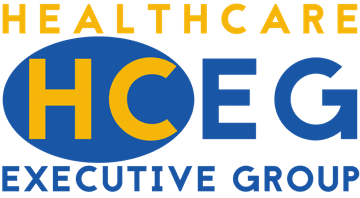



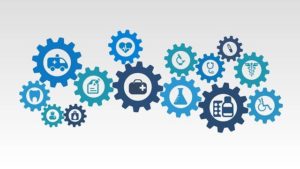

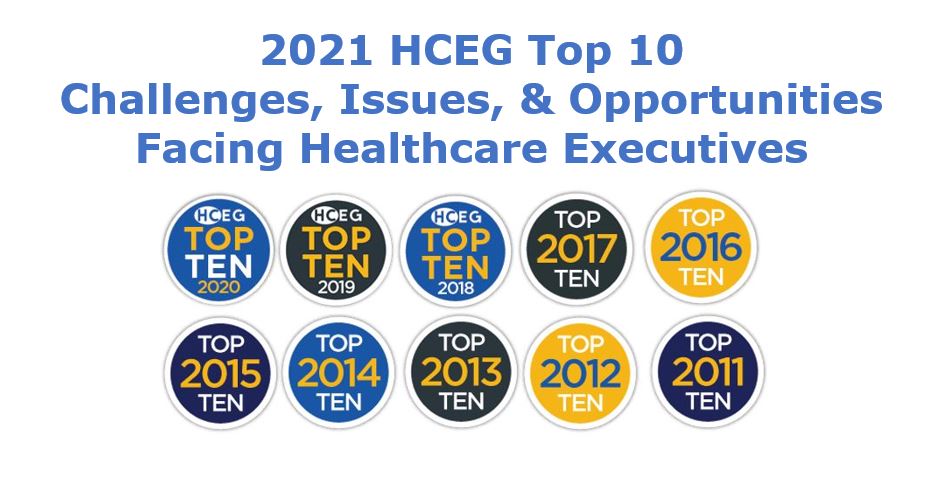


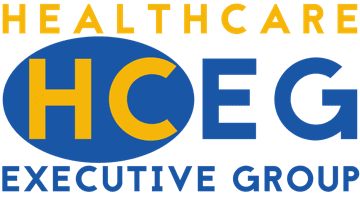
[…] from this informal discussion are presented in a 3-part blog series and you can read Part 1 and Part 2 with Part 3 coming next […]
[…] trio of physician executives discussed the following topics in the first and second posts of the […]